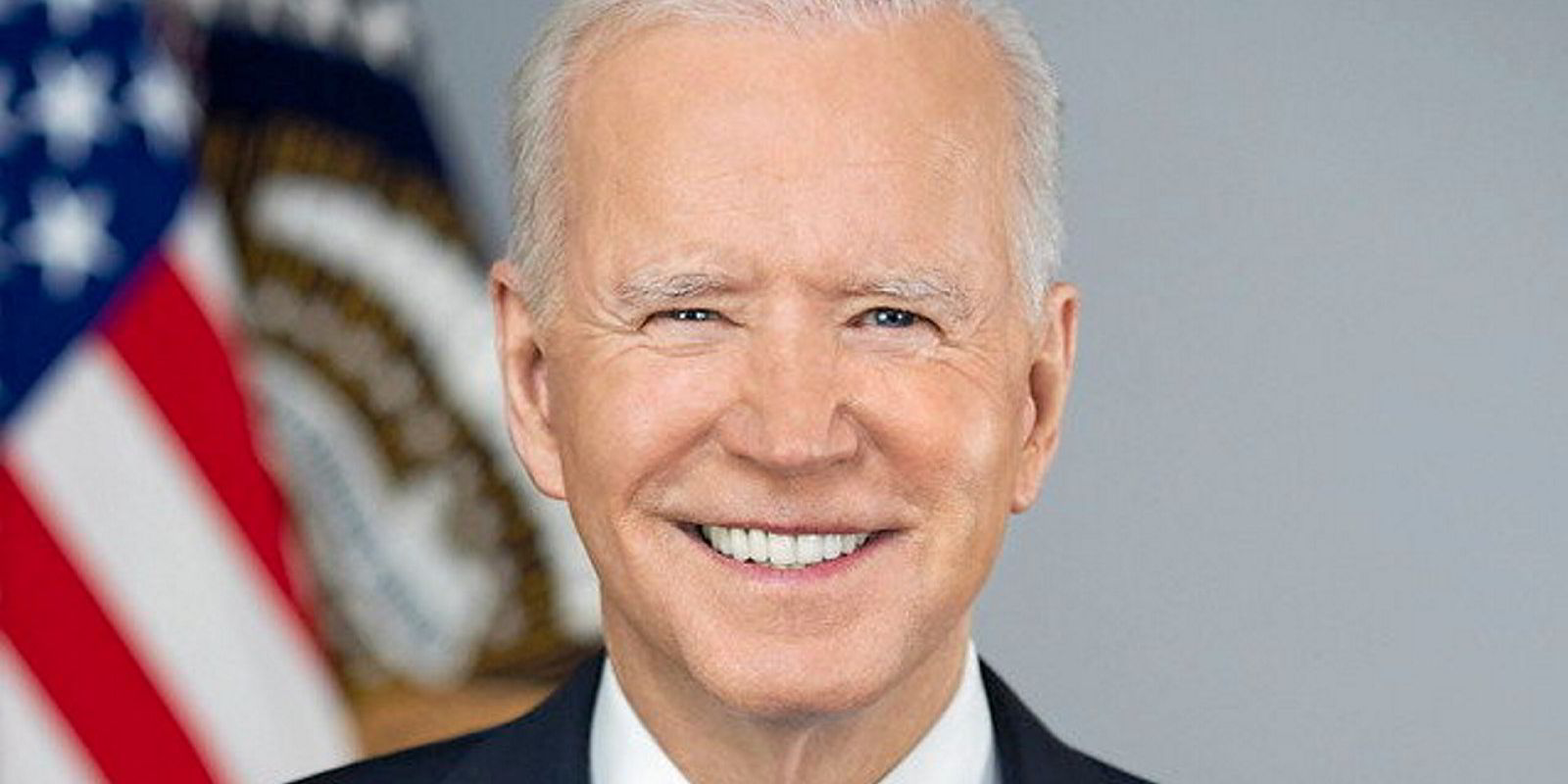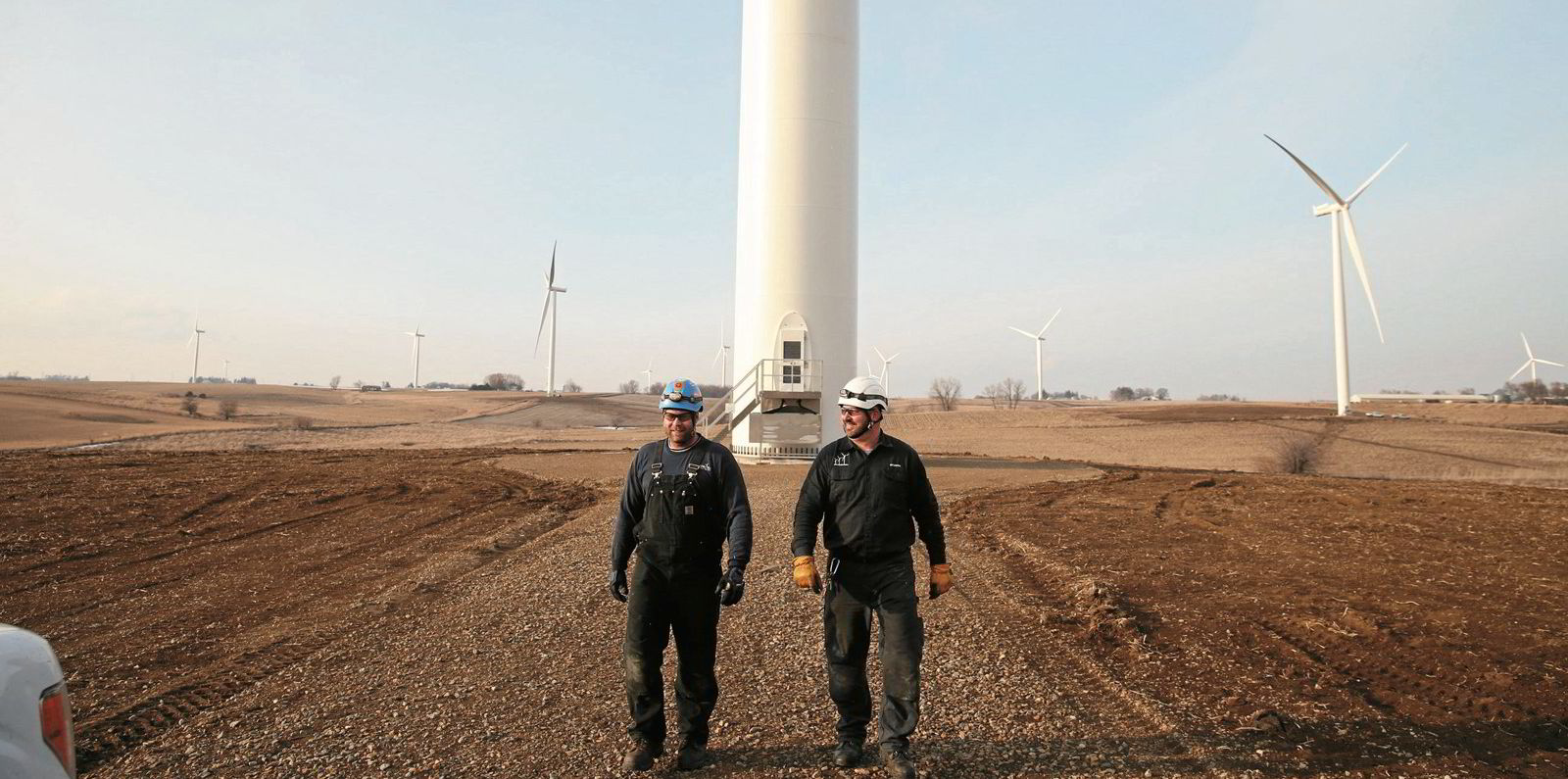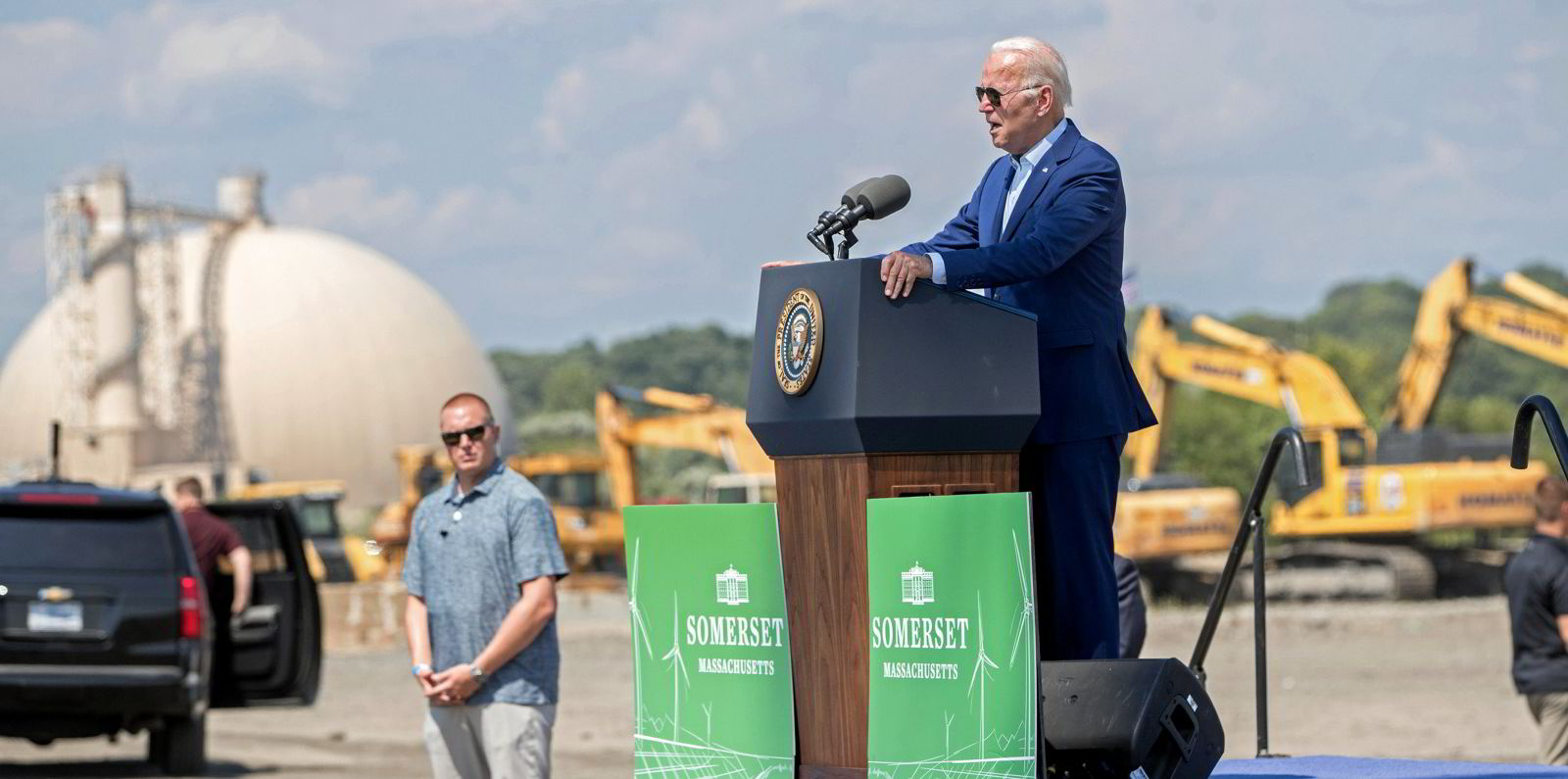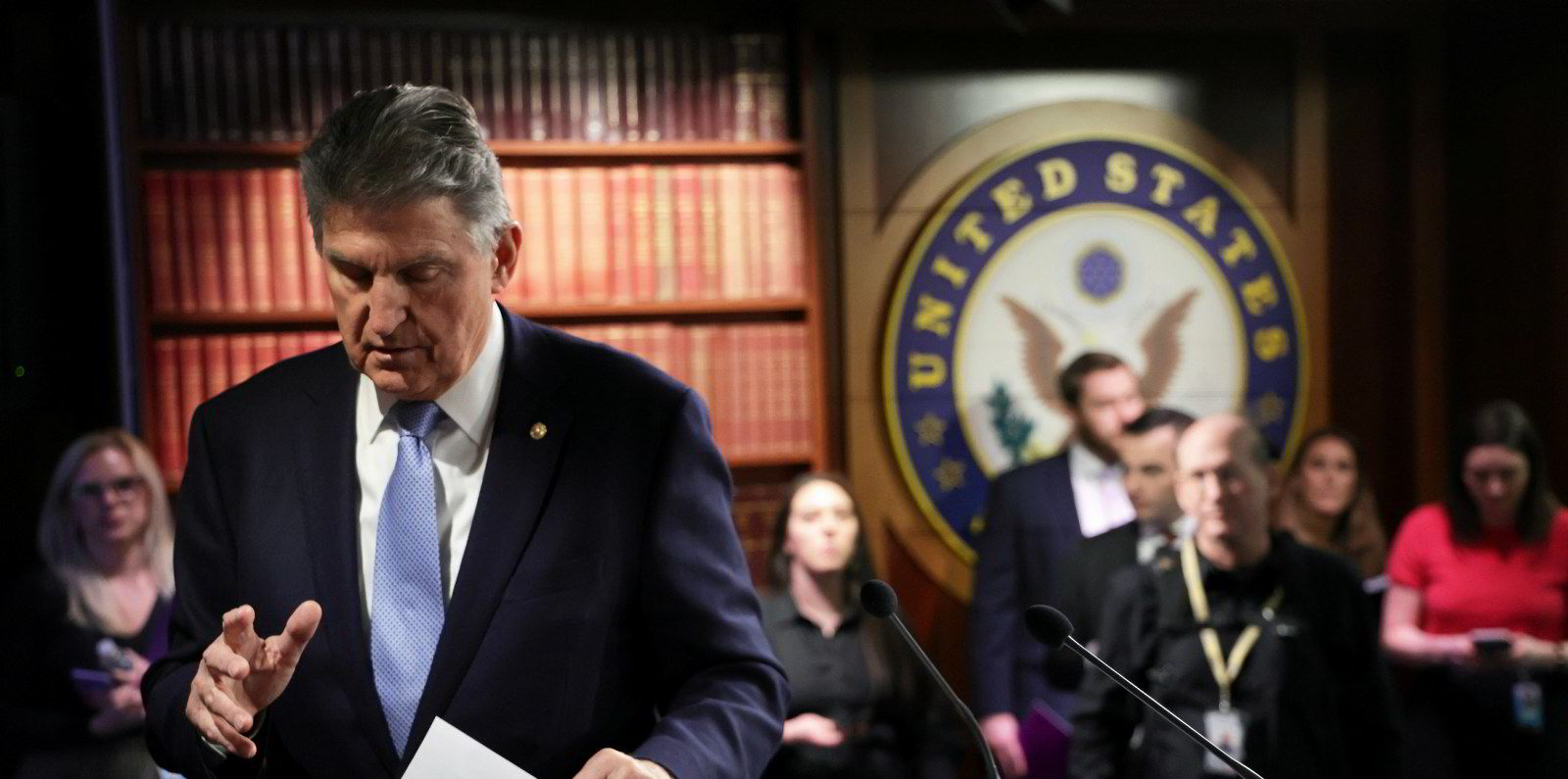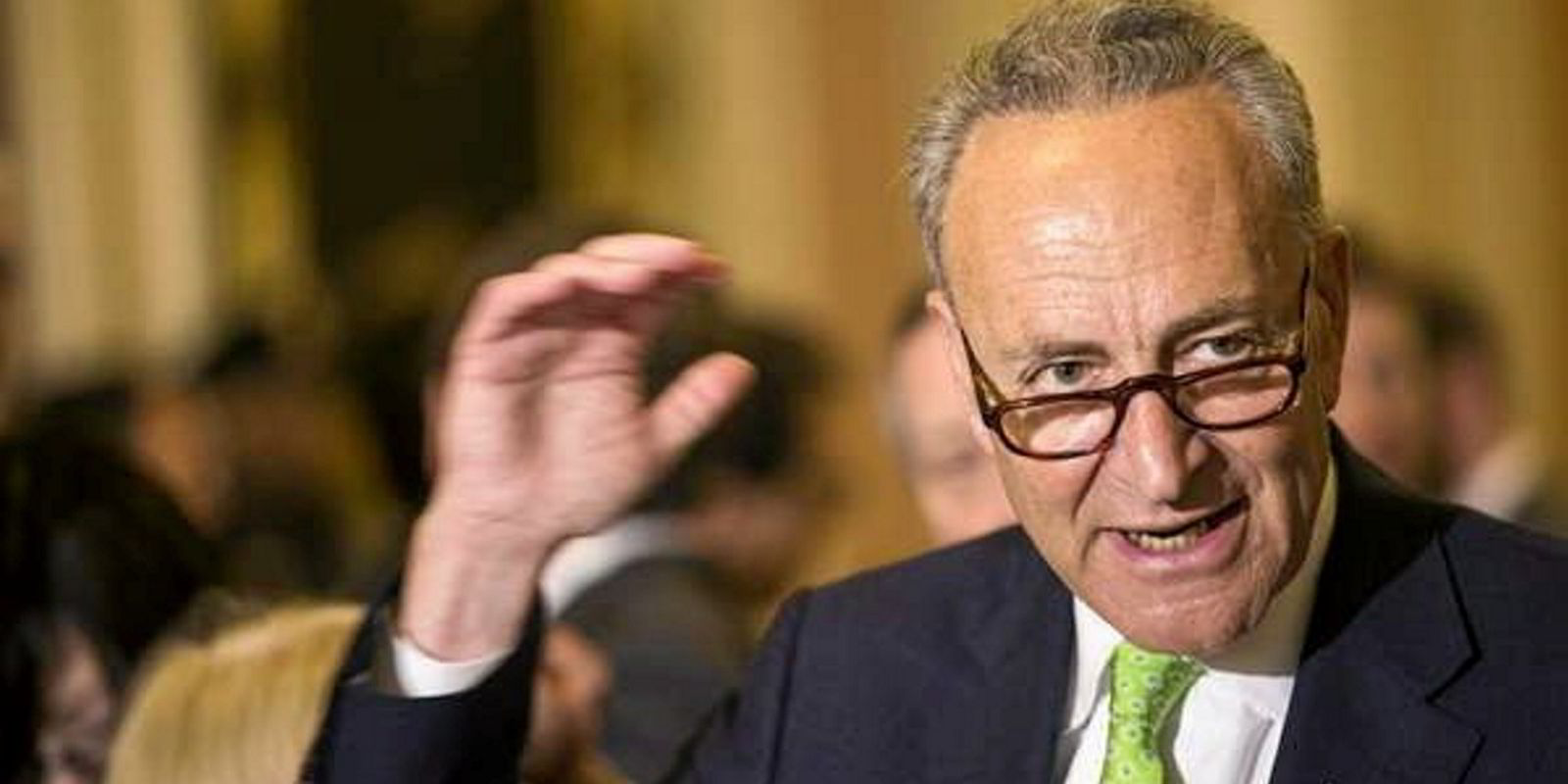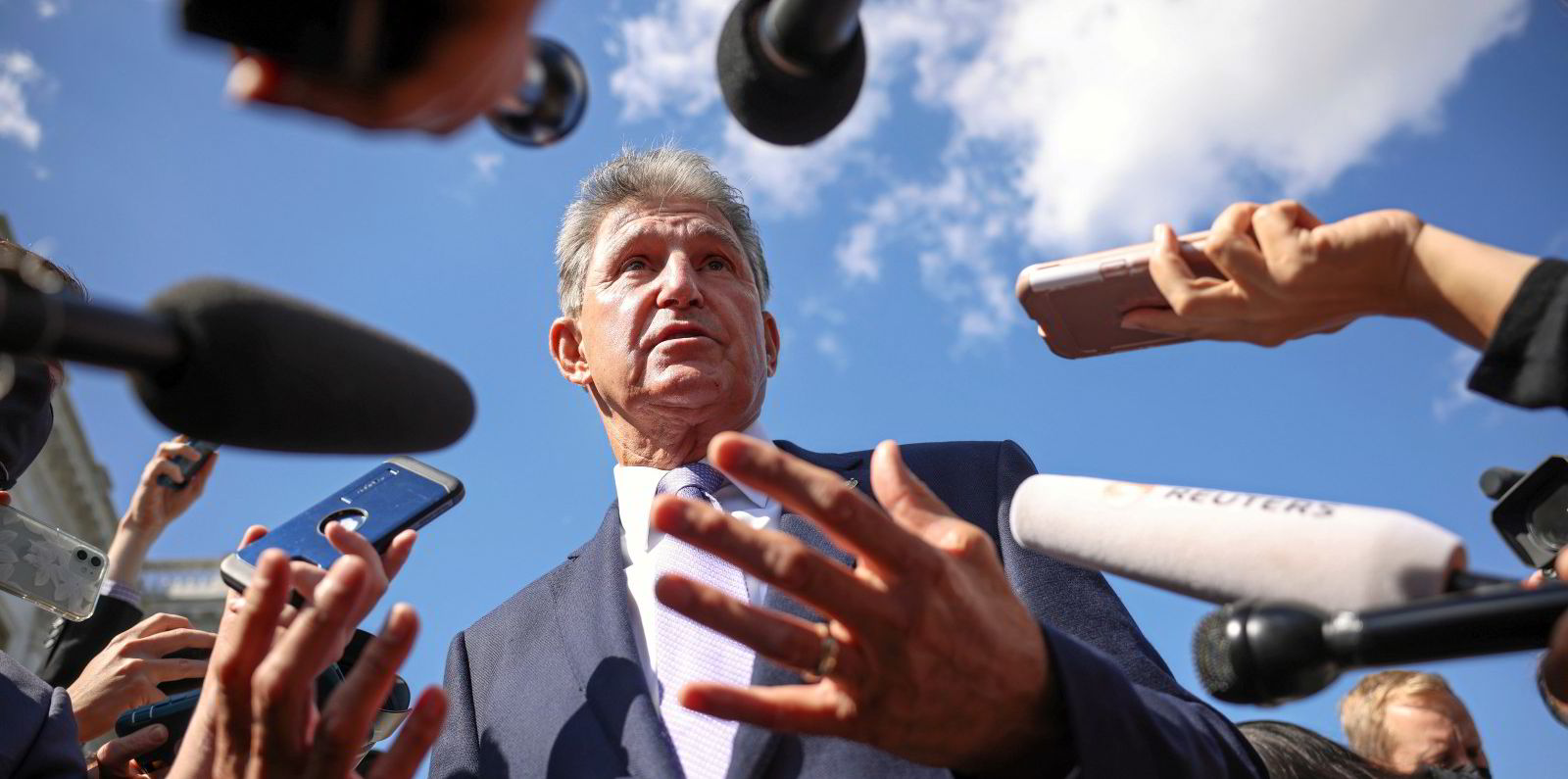The US Senate yesterday (Sunday) passed a bill with unprecedented federal investment to drive carbon reduction over the next decade, handing President Joe Biden a major political win and reviving his ambitions to reassert the country’s global leadership on climate action.
Early independent analyses of the bill’s clean energy provisions suggest it could place the US on path to cut greenhouse gas emissions by at least 31% and potentially as much as 44% by 2030 from 2005 levels, putting the US within reach of its 50-52% Paris Agreement pledge.
Democrats’ $433bn Inflation Reduction Act of 2022 was approved by a razor-thin margin of 51-50 in the evenly divided 100-seat chamber after a lengthy overnight session with US Vice President Kamala Harris casting the affirmative tie-breaking vote in her capacity as president of the Senate.
The partisan bill was sent to the 435-seat House of Representatives where the party’s leadership wants to secure approval this week and then send it to Biden for his signature into law. Democrats have a narrow four seat majority. All Republicans are expected to vote no.
“As you know, it’s been a long, tough, and winding road,” Senate Majority Leader Charles Schumer said after the final vote, in reference to more than a year of repeated failures within his caucus to reach agreement on landmark climate legislation.
Biden, who has made climate change the signature issue of his presidency when he assumed office in 2020, was left with limited avenues for taking actions, even more so after the US Supreme Court on 30 June in a contentious ruling curtailed the Environmental Protection Agency’s authority to regulate carbon dioxide emissions from power plants.
He vowed to aggressively employ a new round of executive actions and declare a “national climate emergency”, both of which aides said are under review for content and timing.
On the legislative front, mercurial centrist Senator Joe Manchin, the swing vote from leading coal state West Virginia who had rejected larger climate spending measures twice in 2021, shocked the country two weeks ago by announcing he had agreed to support a scaled down version.
In exchange, he won concessions including a requirement that the Department of Interior for the first time offer for lease at least two million acres (8,093km2) of federal land and 60 million acres of offshore acreage to oil and natural gas producers annually for the next decade.
Moreover, if this does not occur, the agency would be constrained in its ability to advance certain permitting approvals for both solar and wind projects on federal lands.
Still, for every ton of new emissions generated by the oil and gas provisions, at least 24 tons of emissions will be prevented by the bill’s clean energy provisions, according to Energy Innovation, a non-partisan think tank. Schumer agreed the good outweighed the bad.
“At last, we've arrived, and we are elated. Every member of my caucus is elated about what happened, because we really would change the world in a way that you rarely get an opportunity to do that,” he said.
Democrats’ summary of the bill said it includes $369bn in climate-related investment comprised of roughly $309bn in new spending and long-term tax credits for carbon capture, and clean electricity, fuels, manufacturing, and vehicles.
The $60bn balance is earmarked to assist poorer areas, many urban, disproportionately affected by climate change. This includes $27bn for the Department of Energy to create a national “green bank” that would leverage public and private money to invest in carbon-free energy infrastructure and emissions-reduction technologies.
The bill also breaks new ground by allowing ‘transferability’ of tax credits through their sale to a third party who then would be able to monetise them. This would create a tradable market for the credits with potential to bring in a slew of new investors across the clean energy industry, according to tax lawyers.
The remaining $64bn in the bill will extend a government-administered heath care programme. Democrats said the expenditure would be financed with more than $700bn in government revenue over 10 years from a new 15% minimum tax on the largest, profitable corporations and enhanced and more efficient federal tax collection.
The legislation, however, does fall short in not providing a federal tax credit for electric transmission necessary to bring the country’s abundant, lowest-cost untapped solar and wind resources in remote areas to market, and enable long-haul clean energy merchant lines to bypass an increasingly congested grid across states.
There is $2bn in funding for loans for transmission that is in the “national interest” and $1bn more for grants to states to help site power lines. Both amounts are a fraction of what is necessary to sustain long-term market growth in renewables, according to experts.
Another shortcoming from the industry’s perspective was the bill’s narrow interpretation of who can benefit from “direct pay” in cash in lieu of tax credits. With three exceptions, cash payment is limited to Alaskan native claims corporations, Indian tribes, state and local governments, tax exempt entities, and Tennessee Valley Authority, the nation’s largest public utility.
The three exceptions for a cash refund are section 45Q credits for capturing CO2 emissions, and production tax credits for making clean hydrogen, and those for “advanced manufacturing” of domestic battery, solar, wind components and products, and critical minerals.
Urgently needed federal permitting reforms are also not addressed. The fast-track “reconciliation” parliamentary procedure employed by Democrats to avoid having to obtain the normal 60 vote approval threshold does not allow inclusion of items not pertaining to the federal budget.
Manchin said Schumer and Democratic leaders in the House have agreed to introduce a bill later this year that will meaningfully streamline permitting for both fossil and clean energy infrastructure projects, although officials in both industries are skeptical the party’s influential left flank and environmental groups that contribute heavily to its coffers will go along.
Clean energy groups were effusive in their praise of the bill's passage, arguing it will turbocharge record levels of energy storage, hydrogen, solar, and wind deployment and manufacturing investment.
“Today is a monumental day for America’s clean energy progress and global climate leadership,” said Abigail Ross Hopper, CEO of Solar Energy Industries Association, a national trade group. “This legislation is the most transformational investment America has ever made in our climate future."
Liz Burdock, CEO of advocacy group Business Network for Offshore Wind, called the Senatate’s action a “watershed moment in America’s renewable energy transition”.
She argued it sent a “message to the world that the US is serious about bolstering supply chain resiliency, increasing American energy security, and reaching our ambitious goal to deploy 30 gigawatts of offshore wind power by 2030”.
Heather Zichal, CEO of American Clean Power Association, also a national trade body, said the Senate vote “puts America on a path to creating 550,000 new clean energy jobs while reducing economy-wide emissions 40% by 2030. This is a generational opportunity for clean energy after years of uncertainty and delay“.
